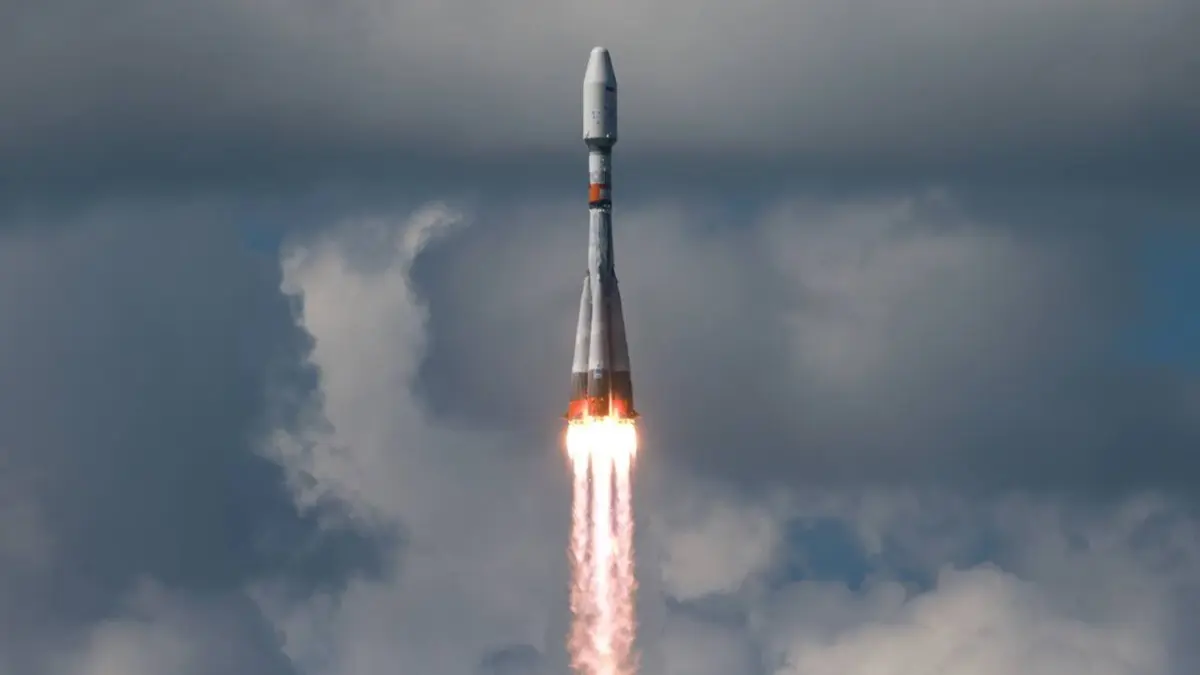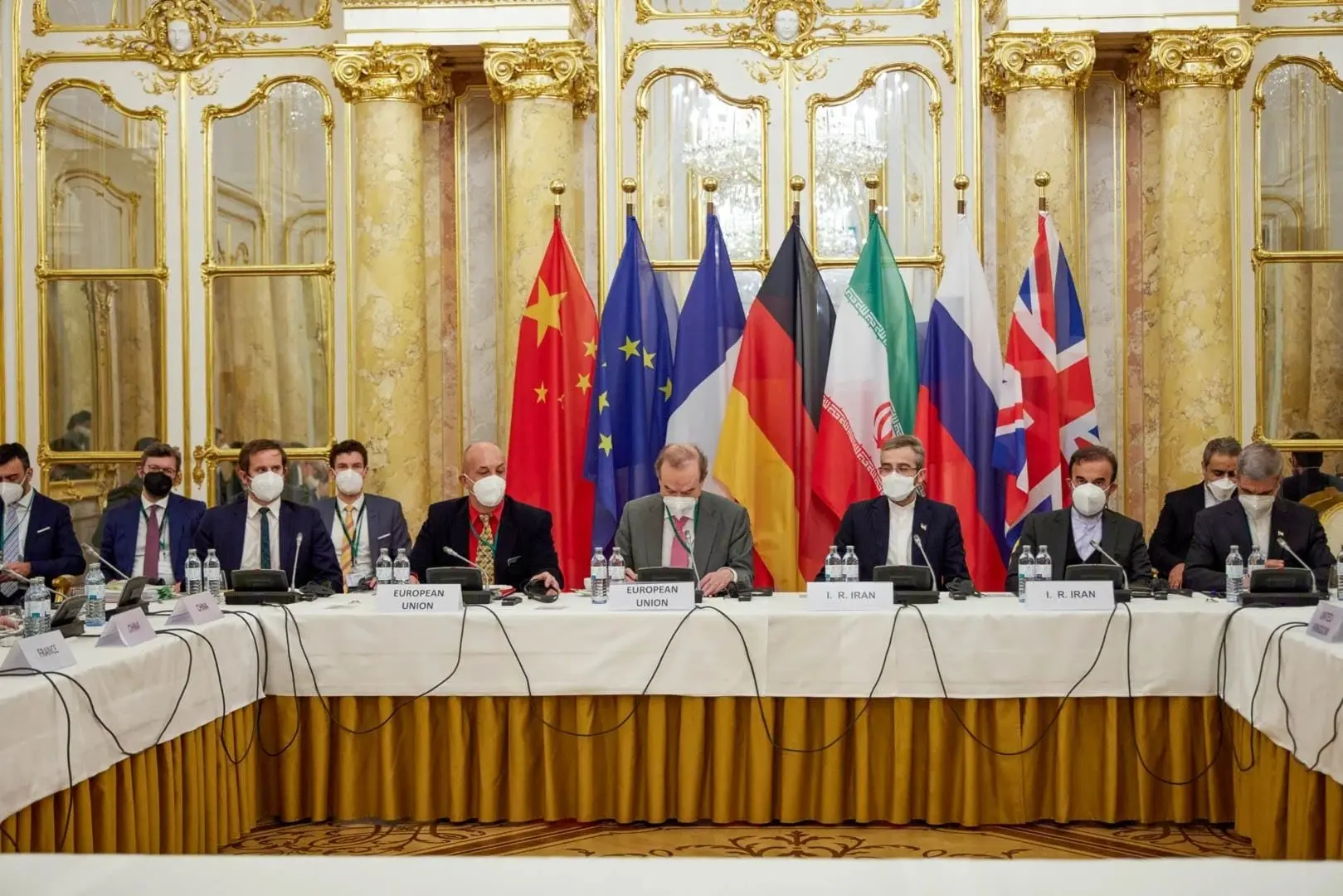Israel’s Air Superiority vs. Iran’s Missile Arsenal: Who Wins the Coming War?

June 16, 2025 Hour: 7:14 pm
Historical Context and Evolution of the Iran-Israel Conflict
Since 1948, tensions in the Middle East have been a constant. The 1979 Islamic Revolution radically transformed Iranian foreign policy, adopting anti-Israel rhetoric and closing the Israeli embassy in Tehran.
Israel has responded with covert operations and the assassination of nuclear scientists, accusing Iran of financing Hamas and Hezbollah.
The tipping point came after the Hamas attack on October 7, 2023 (1,200 Israelis killed) and the Israeli response in Gaza (30,000 Palestinians killed by March 2024).
Iran, a key ally of Palestine, promoted “armed resistance,” while Israel invoked the Holocaust as a historical warning.
Turning Points: Direct Attacks and Nuclear Crisis
In April 2024, Israel bombed the Iranian consulate in Damascus, killing seven members of the Revolutionary Guard. Iran responded with 300 drones and missiles on April 13, intercepted by a coalition led by Israel and the US.
Tensions escalated on October 1, 2024, with “Operation True Promise II”: 200 missiles (including hypersonic ones) against Israel, justified as retaliation for the assassinations of leaders of the “Axis of Resistance.”
Diplomatic Collapse and Operation Crescent Lion
Nuclear negotiations failed in June 2025 due to Iran’s refusal to dismantle its nuclear program. Consequently, Israel launched “Operation Crescent Lion” on June 12, 2025, a preemptive strike against Iranian nuclear facilities that initiated open conflict.
Timeline of an Inevitable War
On June 12, 2025, Israel launched a massive airstrike against Tehran, Tabriz, and Kermanshah. The operation involved 200 aircraft (F-15s, F-16s, F-35s) and Mossad agents who activated drones to jam radars. Targets included senior military officials such as Hossein Salami and Mohammad Bagheri, as well as nuclear facilities in Natanz and Fordow.
Hours earlier, President Trump had acknowledged the possibility of an Israeli attack, although he denied direct involvement. “They cannot be allowed to have a nuclear weapon,” he stated, insisting that Iran must make concessions.
The Iranian Response
On June 13-14, Iran launched “Operation True Promise III,” firing waves of 200-300 ballistic missiles and drones, including defense-evading Haj Qassem and Fattah models, at Tel Aviv. Jordan provided interception support.

Ayatollah Khamenei declared that Israel had “signed its fate,” promising a forceful response. Foreign Minister Ali Bagheri Kani blamed the US and called continuing nuclear negotiations “unjustifiable.”
International Reactions
The UN Security Council held an emergency meeting, requested by Iran. Rosemary DiCarlo warned of the risk of regional escalation, while Russia and China condemned Israel. The US acknowledged prior knowledge but denied involvement, justifying the Israeli operation as a defense against “a dangerous regime.”
June 14, 2025: The Iranian Response
On June 14, Iran launched a massive missile attack against Israel, firing an estimated 150-200 missiles, most of which were intercepted, according to Israeli reports.
The primary targets included more than 150 strategic points, most notably the Nevatim air base, which houses advanced fighter jets such as the F-35.
Iran claimed to have destroyed two F-35 fighter jets, although Israel did not confirm this. Six buildings were damaged, and the Iranian news agency IRNA reported hits on the IDF headquarters in Tel Aviv.
The Iranian representative to the UN called the previous Israeli attacks a “declaration of war.” Casualties in Iran amounted to 78 dead and more than 320 wounded.
June 15, 2025: The Forceful Israeli Response
Israel responded with an unprecedented air offensive, attacking targets in Iran more than 1,500 km away. The IDF claimed to have hit missile and air defense infrastructure.
Among the Iranian victims were Generals Gholamreza Mehrabi and Mehdi Rabbani, veterans of the Iran-Iraq War.
In Israel, the Iranian attacks left four dead and more than 70 wounded. Iran threatened to intensify its attacks and warned the US, France, and the UK that their bases in the region would be targeted if they supported Israel.
The Israeli military deployed 70 aircraft, destroying more than 40 Iranian targets. Spokesperson Effie Defrin declared that Israel achieved “freedom of air all the way to Tehran,” stressing that the Iranian capital “is no longer immune.”
International Reactions and Geopolitical Consequences of These Latest Events
Iran is considering closing the Strait of Hormuz, a critical route for global oil, which has caused prices to rise. Analysts note that Israel has avoided attacking Iranian oil infrastructure, but a change would have serious economic consequences.
Pakistan expressed its full support for Iran, urging Muslim unity against Israel and advocating for the severance of diplomatic ties with the country.
Meanwhile, in Iran, Israeli attacks in Kermanshah and near Mehrabad Airport have kept the population on alert.
The Iranian military spokesman warned that its next response will be “20 times more powerful.” Tensions are rising in Iran, where sanctions and civilian casualties, including women and children, have sparked outrage.
Even former US President Donald Trump hailed the Israeli operation as “very successful,” mocking the deaths of senior Iranian officials.
The crisis continues to escalate, with the risk of a regional war with unpredictable consequences.
16 de junio 2025
Remote Attacks and Covert Warfare: Spike Missiles in Iran?
Intelligence reports confirm the discovery of Spike anti-tank guided missiles in Iranian territory, revealing an unprecedented level of sophistication in covert operations.
Mossad agents are suspected of using these missiles to attack key military infrastructure, such as SAM (Surface-to-Air Missile) systems and radar stations, essential to Iran’s air defense.
The novelty lies in the use of launchers controlled remotely via the internet, allowing for precise attacks without direct physical presence, marking a new phase in technological warfare.
At the same time, Iranian intelligence services dismantled a network of infiltrated Israeli agents, uncovering a clandestine workshop for drone manufacturing.
This discovery reinforces the covert nature of the conflict, where internal and external operations are intertwined.
Direct Attacks on Iranian Infrastructure
Iran has faced direct attacks on its infrastructure, generating international condemnation. On June 13, the building of IRIB, a state-run broadcasting entity, was hit by an Israeli attack, causing a fire. Journalist Sahar Emami continued broadcasting live from the studio despite the chaos, symbolizing Iranian resistance.
Operation True Promise III response continues
In response, it attacked strategic Israeli locations with ballistic and hypersonic missiles. Targets included the port of Haifa, Ben Gurion Airport, and defense facilities, leaving 23 dead, according to Israeli sources.
Iranian President Masoud Pezeshkian stated that Iran “did not start the war,” accusing the US of facilitating Israeli aggression.
He reiterated Iran’s right to peaceful nuclear energy, backed by Supreme Leader Khamenei’s religious prohibition of nuclear weapons. Pezeshkian called for national unity, vowing resistance to Israel’s “criminal genocide.”
Statements and Threats on the International Stage
The tension is reflected in global statements. Donald Trump warned: “Iran is not winning this war; they should negotiate before it’s too late.”
Meanwhile, Israeli Prime Minister Benjamin Netanyahu did not rule out assassinating Ayatollah Khamenei, arguing that it would be a way to “end the conflict.”
This scenario underscores the complexity of a conflict where covert operations, direct attacks, and political rhetoric are intertwined. Iranian resistance and Israeli threats raise questions about the regional future and the possibility of a peaceful solution.
The Need for Continued Vigilance and Follow-Up
The escalating conflict between Iran and Israel demands close monitoring as each development could tip the scales toward full-scale war or fragile de-escalation.
With nuclear capabilities, covert operations, and global oil markets at stake, the international community must remain alert to rapidly shifting dynamics.
The coming days will be critical in determining whether diplomacy can regain footing or if further military actions will deepen the crisis.
Stay informed as events unfold, this conflict is far from over. Follow reliable updates to understand the geopolitical, economic, and humanitarian consequences of this high-stakes confrontation.
The world watches anxiously, aware that the next move could reshape the Middle East and beyond.
Author: Silvana Solano
Source: teleSUR






